A happy community works, plays and serves. Leaders determine the happiness of their workplace community.
“One of the marvelous things about community is that it enables us to welcome and help people in a way we couldn’t as individuals.”
– Jean Vanier
When you think of a happy community, you likely picture good team players that pitch in, are positive and manage themselves well, including their relationships, motivation and enthusiasm for life and work. They are your go-to people. Every business, organization, school, neighborhood and family has them; they are fully engaged, proactive and socially intelligent. They are movers and shakers. Here’s what they are NOT: they are not blaming, or focused on changing, fixing, converting or even healing others in order to be exceptional.
People in the happiest of communities commit to conscious personal growth, and build trust. They are honest, straightforward, and disclose their ideas, opinions and feelings. They are receptive to differences and don’t rush to find solutions as though diversity of thought and feelings are a disaster or cause for alarm. Instead, they show deep respect for the values and gifts others’ bring, and maintain patience and faith when a path to collaboration and synergy are not immediately evident. They seek excellence, serve by doing quality work, follow through on commitments and build strong relationships.
The Post Dispatch recently reported an alarming trend and the high cost to area businesses when disgruntled customers complain on social media. It’s every company’s nightmare. Do you want to protect your reputation and make sure your employee’s deliver consistent, positive customer service? Consider a happy community as the solution. When you recall your own experiences in one, remember how much work is accomplished and how fulfilling the experience.
So… this begs the question: why would any business owner neglect happy community as a prerequisite to excellent service? Most often it is because most do not recognize the costs of neglecting it, nor how to go about creating it when they do. The greatest challenge I face is articulating the process and resources needed to create happy community. In order to simplify, here are two basic components for “how to”:
1. Encouragement. It’s THE essential component for building a happy community. Encouragement is the building up of courage through development of leadership and internal motivation so decisions and actions occur from responsible, empowered thinking and feeling.
2. Redirecting Negative Behavior. By creating an encouraging environment, you eliminate about 90% of all negative behavior, but despite this, sometimes people show up at work displaying poor behavior. If this is met with traditionally harsh, punitive or enabling reactions, you foster further discouragement.
Bottom line: Therefore, learning how to maintain order and healthy relationships without diminishing yourself and others is critical. Redirect a tool that gets at the root of poor behavior, shifts it, all while strengthening and restoring encouragement quickly.
As published in the column The Extraordinary Workplace in St. Louis Small Business Monthly, June 2014



